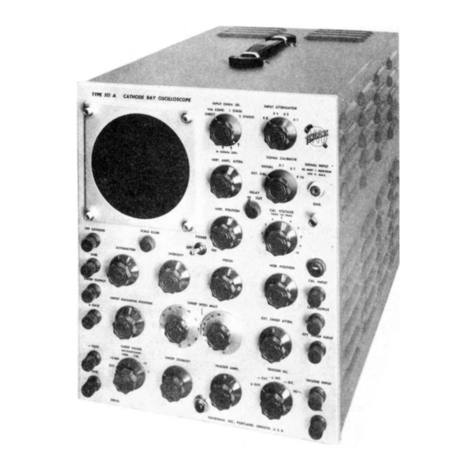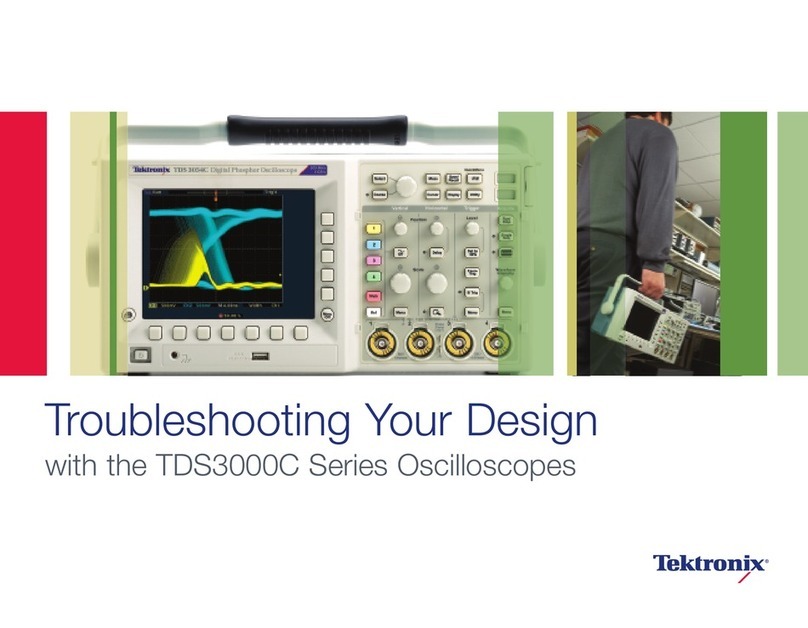Tektronix 310A User manual
Other Tektronix Test Equipment manuals
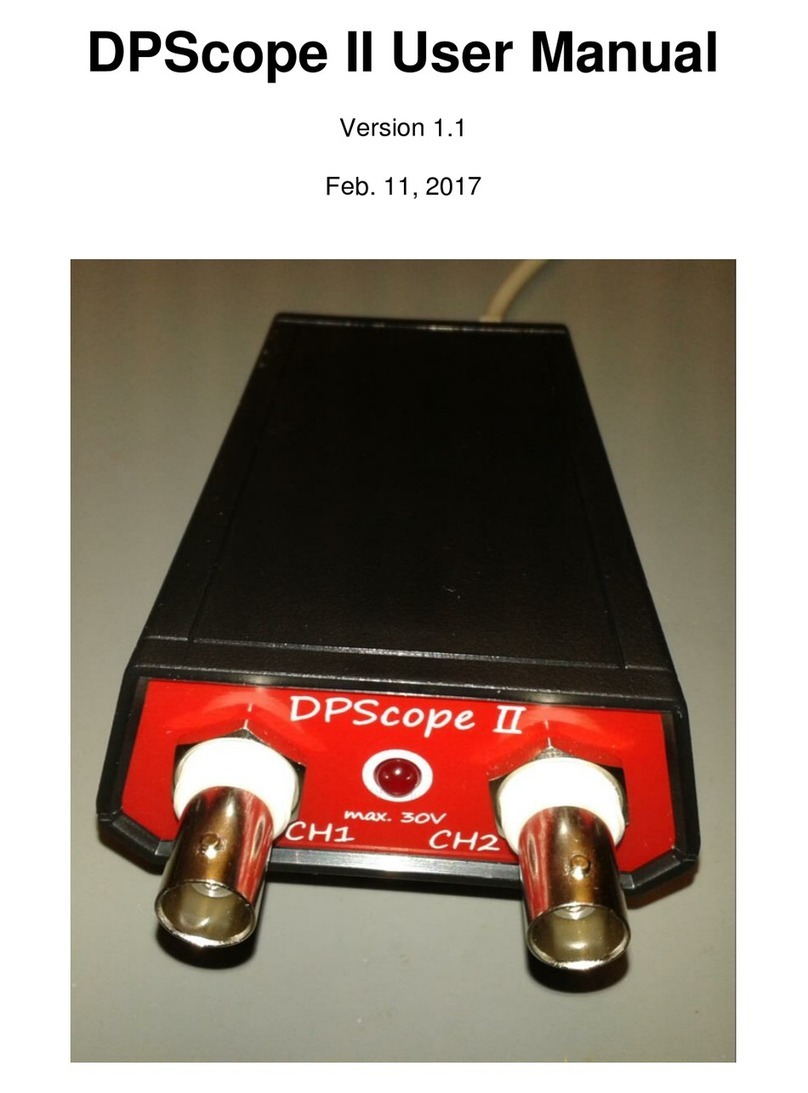
Tektronix
Tektronix DPScope II User manual

Tektronix
Tektronix TriMode P7504 Manual

Tektronix
Tektronix CSA8000 Series User manual
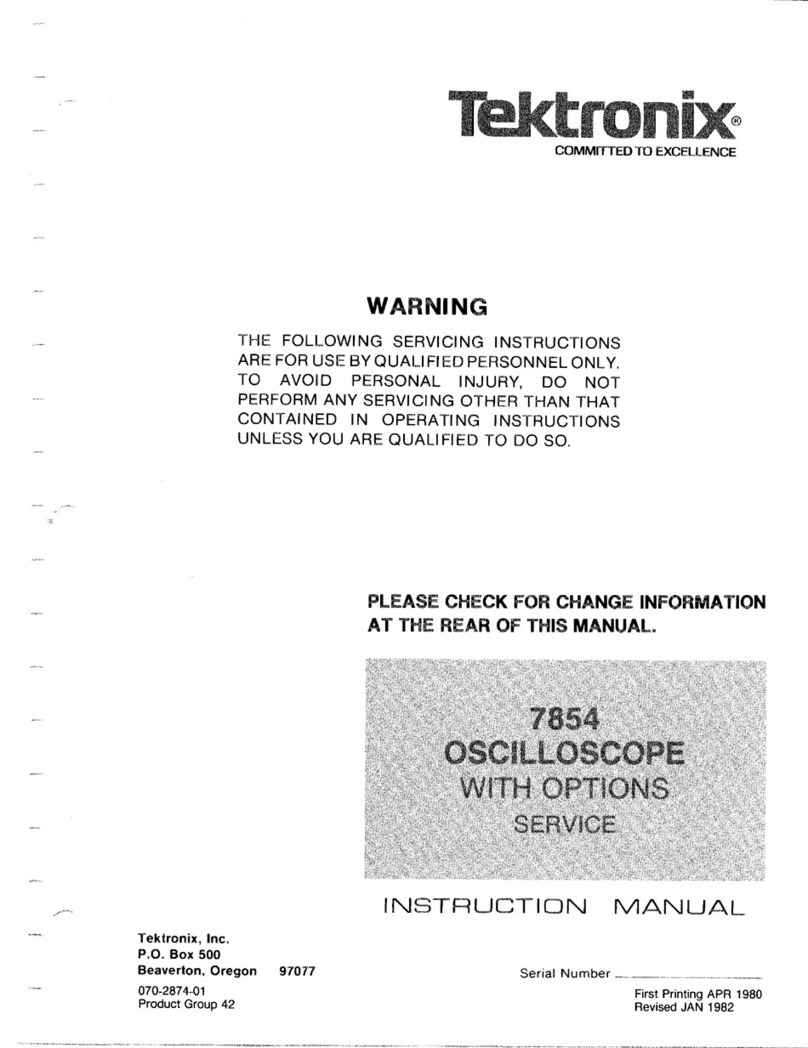
Tektronix
Tektronix 7854 User manual
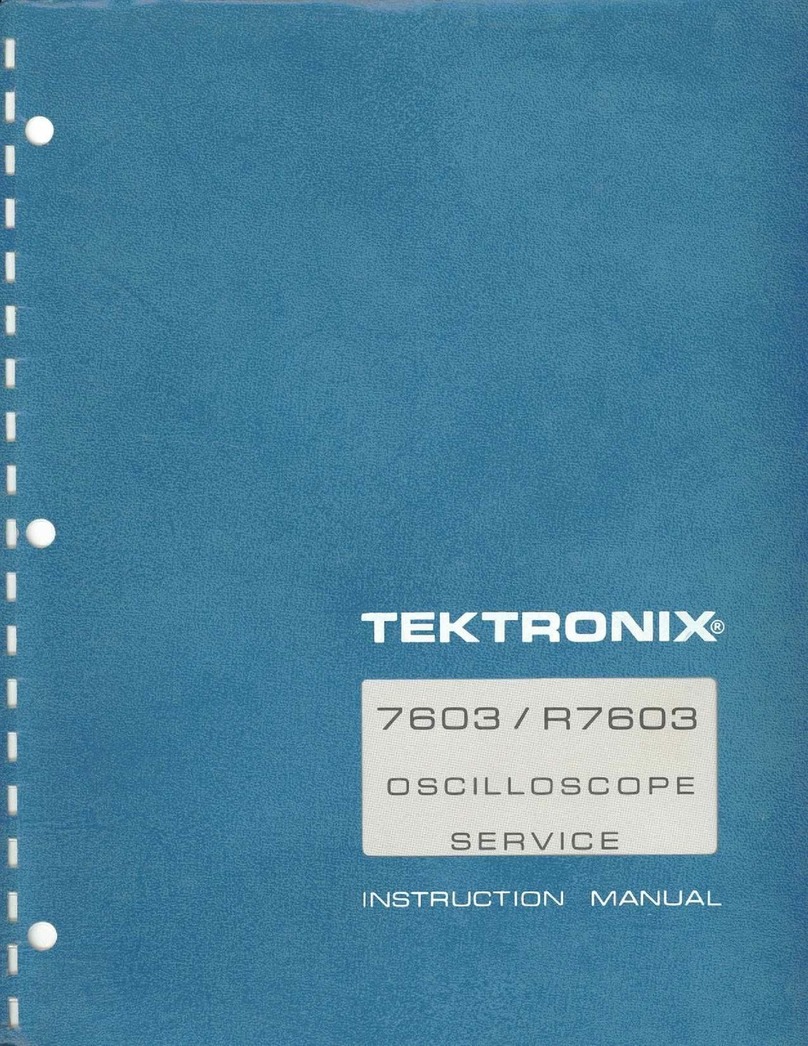
Tektronix
Tektronix 7603 User manual

Tektronix
Tektronix 7603 User manual

Tektronix
Tektronix 2232 User manual
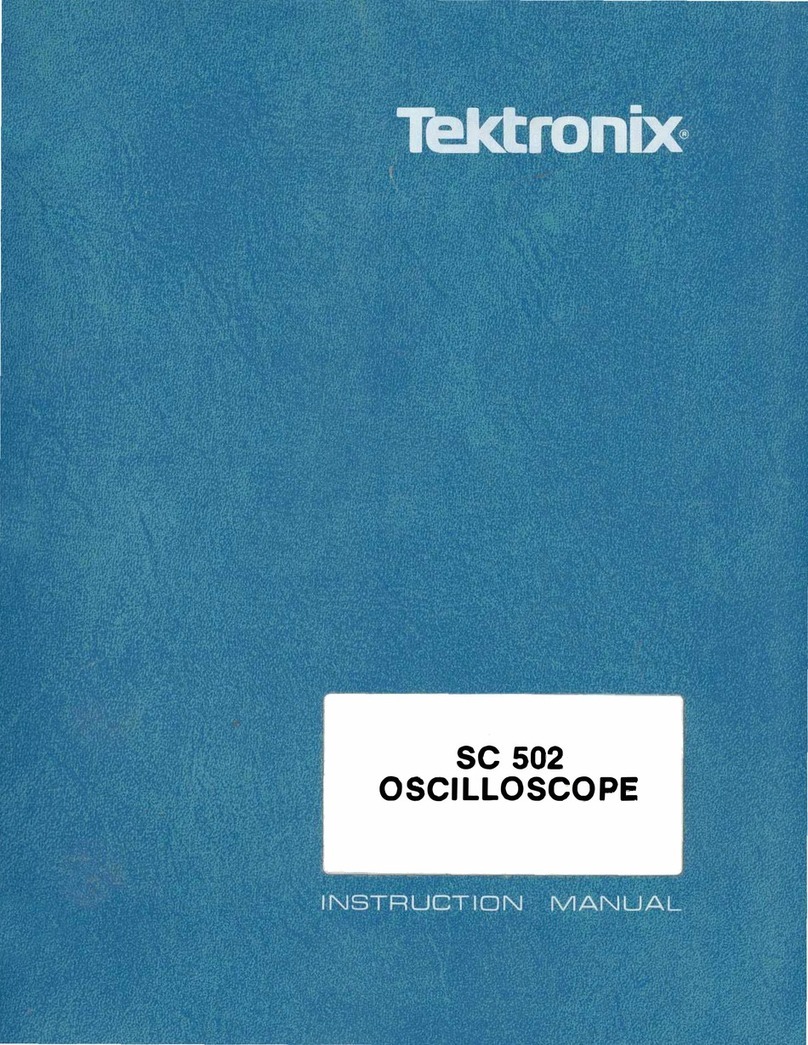
Tektronix
Tektronix SC 502 User manual

Tektronix
Tektronix 2445B User manual
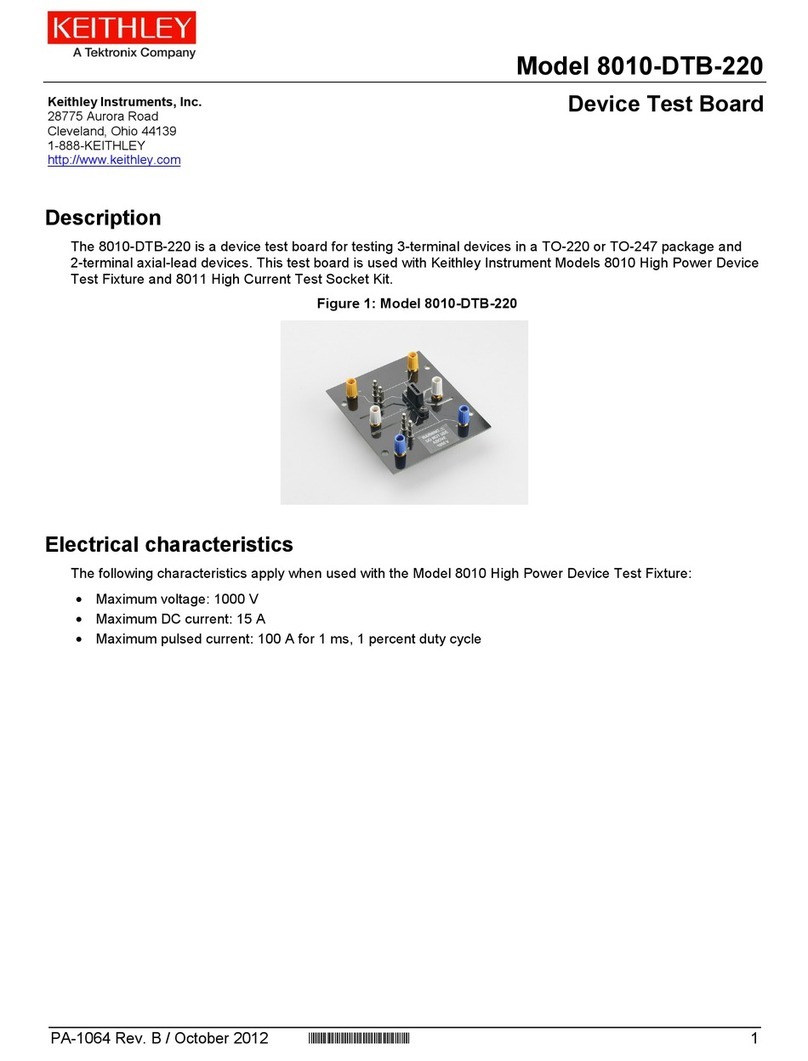
Tektronix
Tektronix Keithley 8010-DTB-220 User manual
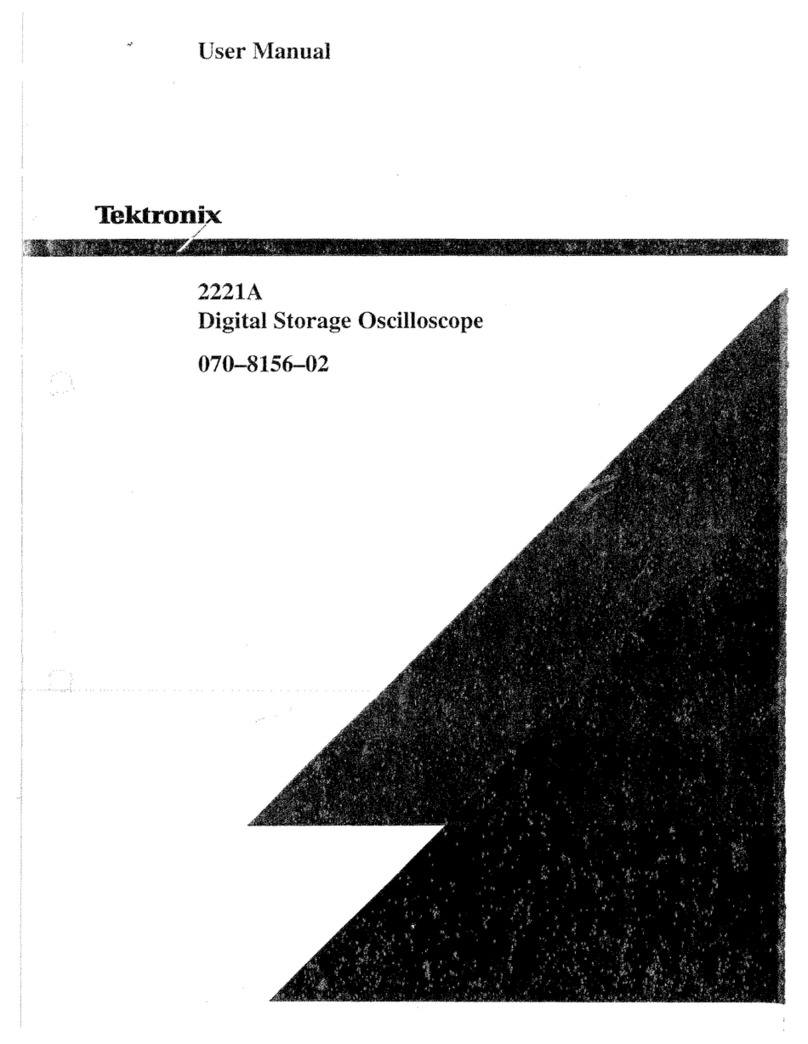
Tektronix
Tektronix 2221A User manual

Tektronix
Tektronix DPO4000 Series User manual
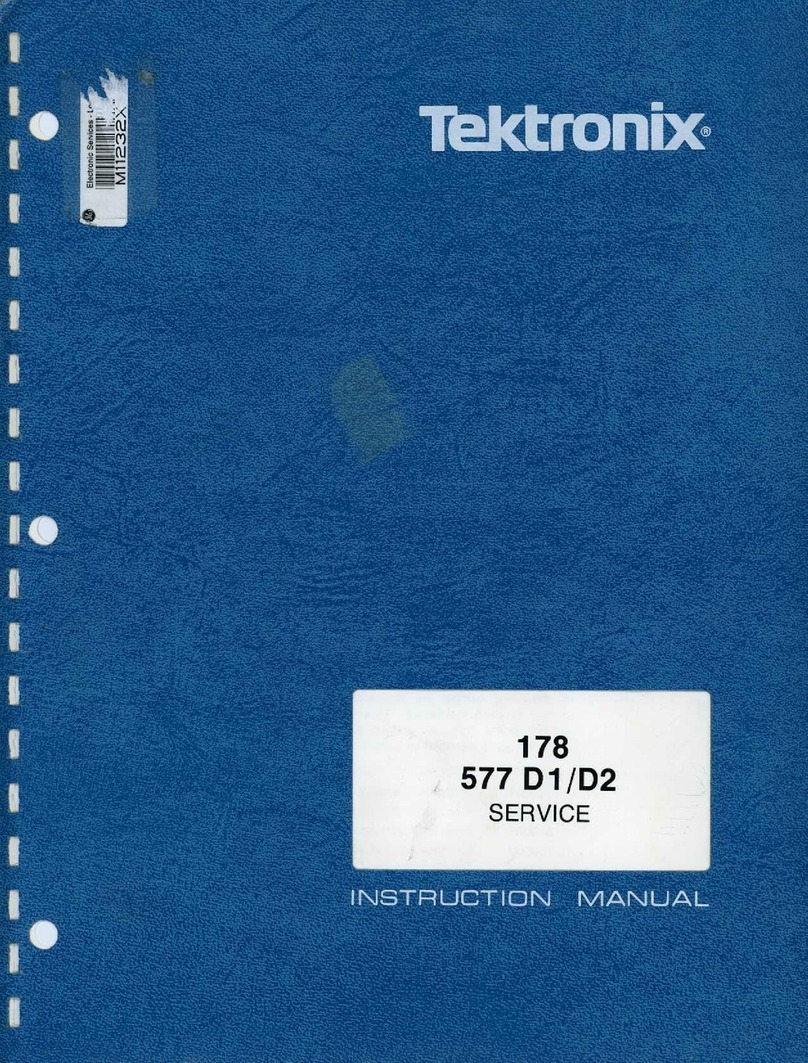
Tektronix
Tektronix 178 User manual
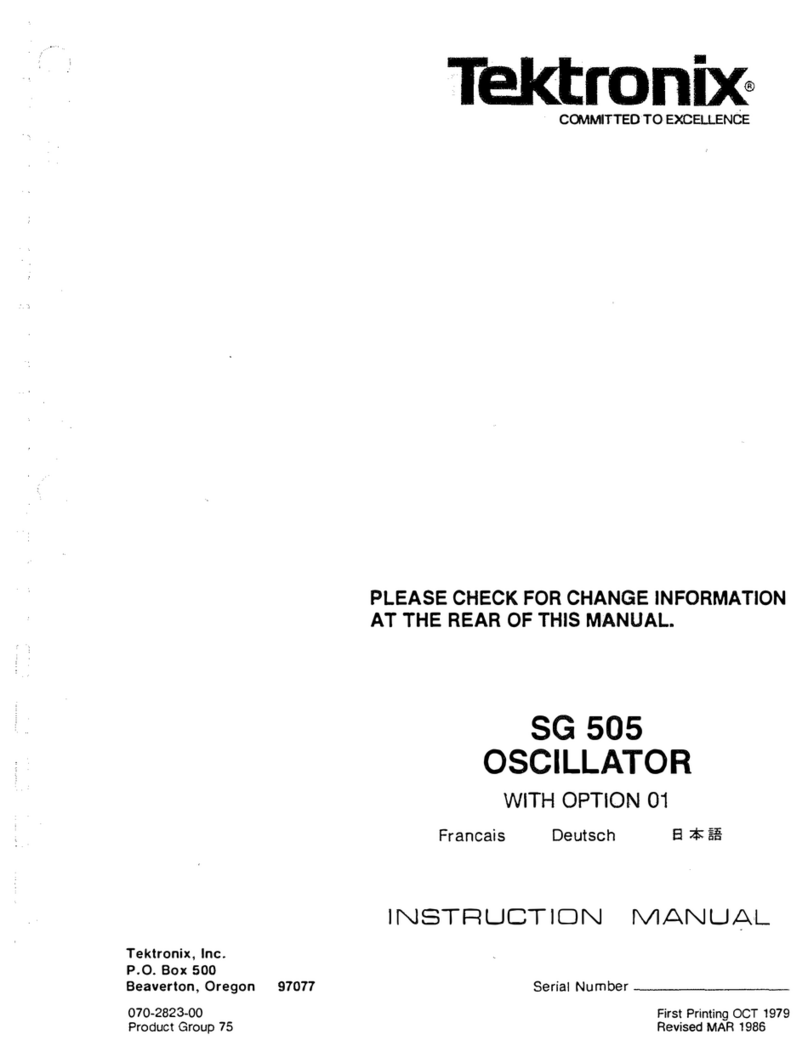
Tektronix
Tektronix SG 505 User manual

Tektronix
Tektronix 453 User manual

Tektronix
Tektronix 7313/R7313 User manual
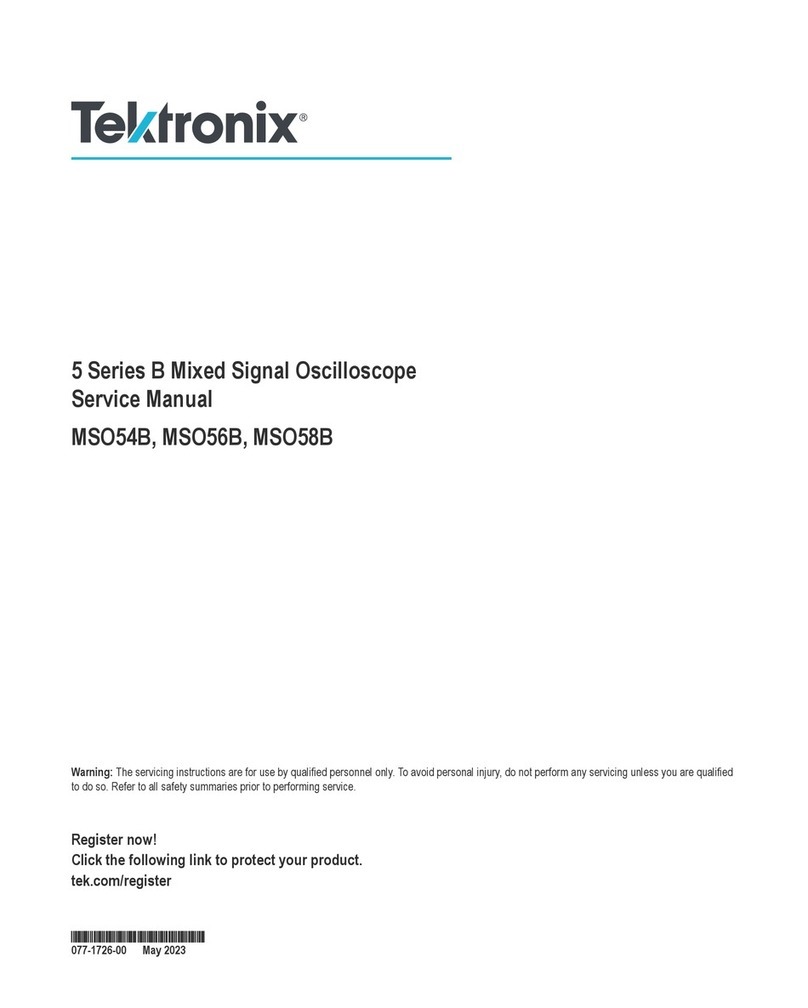
Tektronix
Tektronix MSO54B User manual

Tektronix
Tektronix TDS5000B Series Instruction sheet
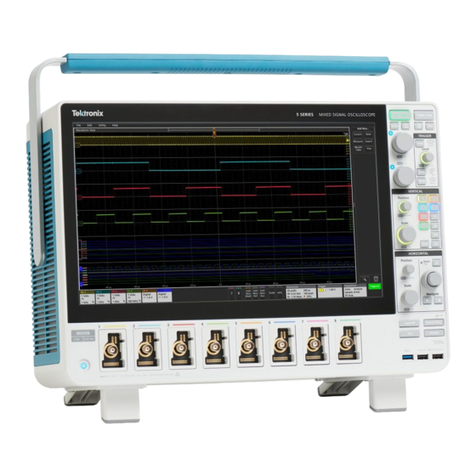
Tektronix
Tektronix MSO54 Reference guide

Tektronix
Tektronix 2445A User manual
Popular Test Equipment manuals by other brands

Redtech
Redtech TRAILERteck T05 user manual

Venmar
Venmar AVS Constructo 1.0 HRV user guide

Test Instrument Solutions
Test Instrument Solutions SafetyPAT operating manual

Hanna Instruments
Hanna Instruments HI 38078 instruction manual

Kistler
Kistler 5495C Series instruction manual

Waygate Technologies
Waygate Technologies DM5E Basic quick start guide

StoneL
StoneL DeviceNet CK464002A manual

Seica
Seica RAPID 220 Site preparation guide

Kingfisher
Kingfisher KI7400 Series Training manual

Kurth Electronic
Kurth Electronic CCTS-03 operating manual

SMART
SMART KANAAD SBT XTREME 3G Series user manual

Agilent Technologies
Agilent Technologies BERT Serial Getting started

